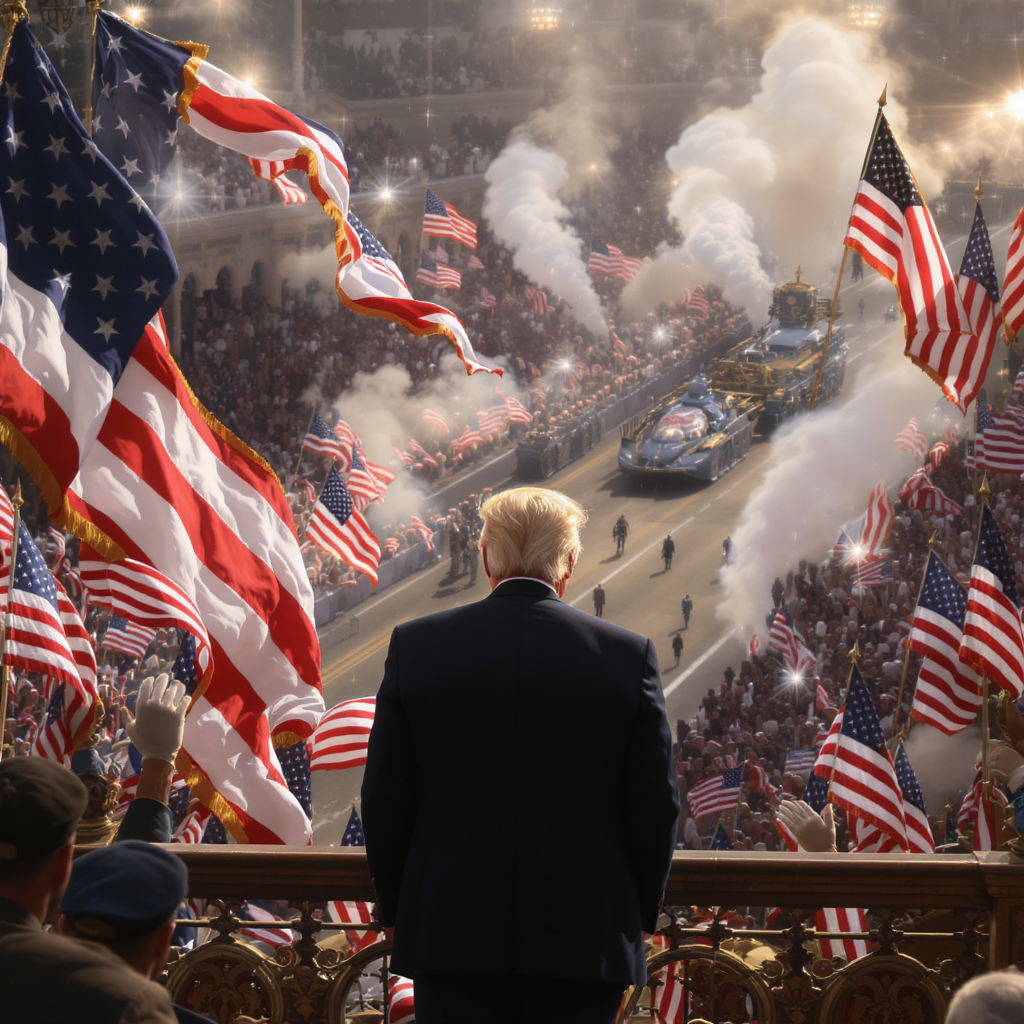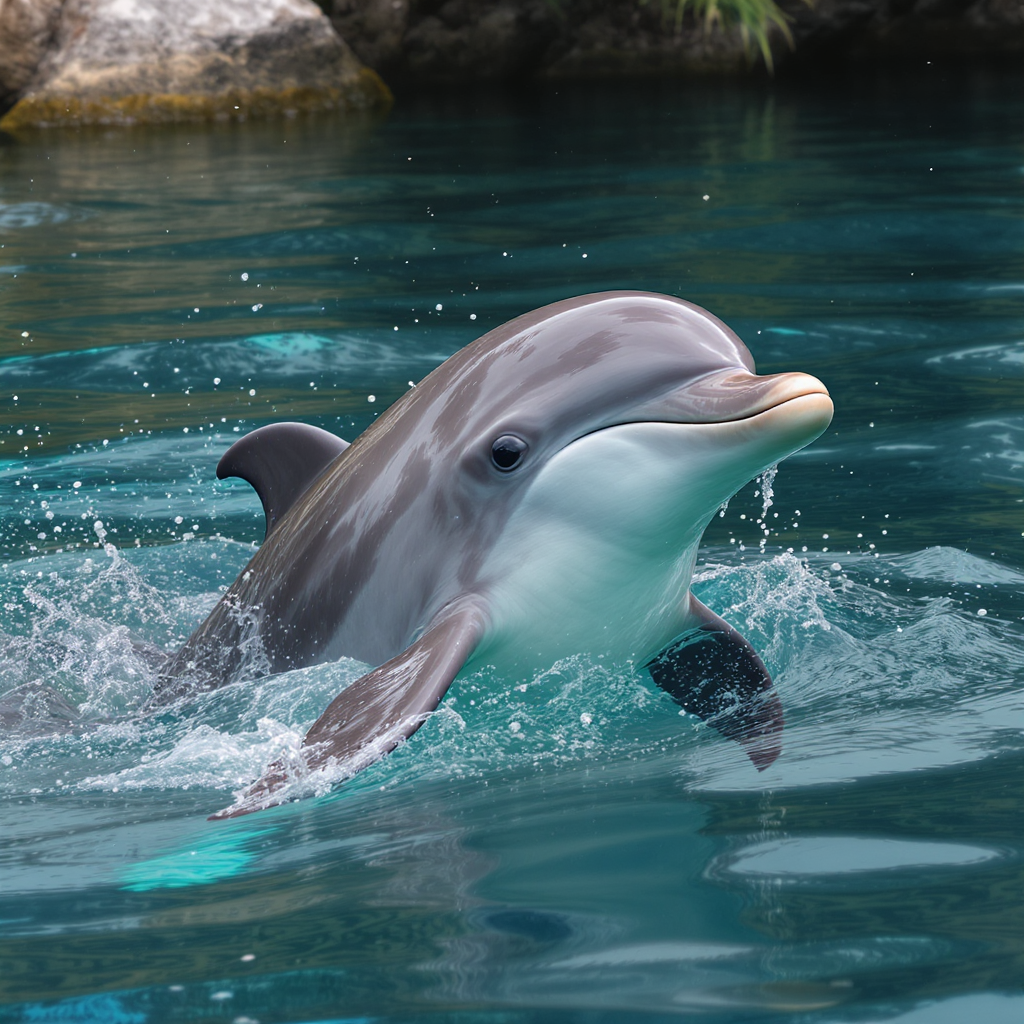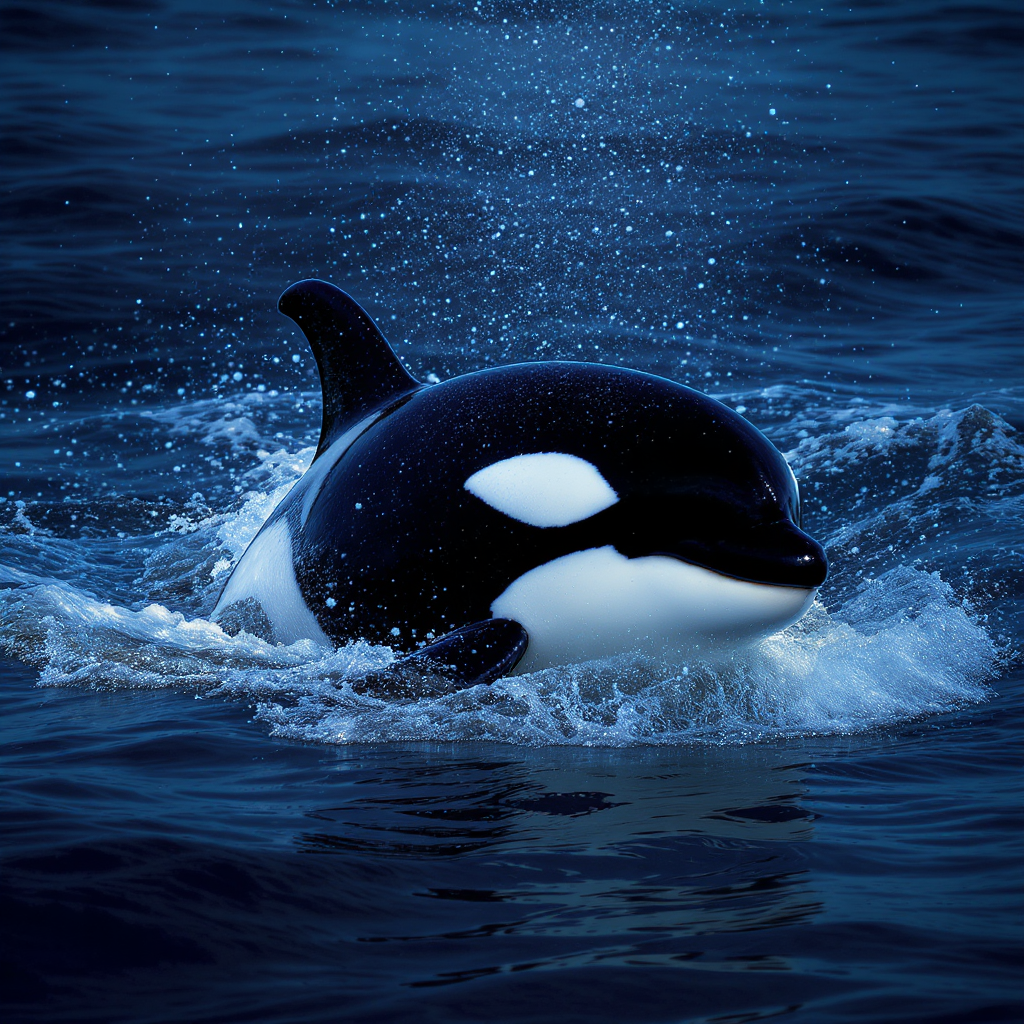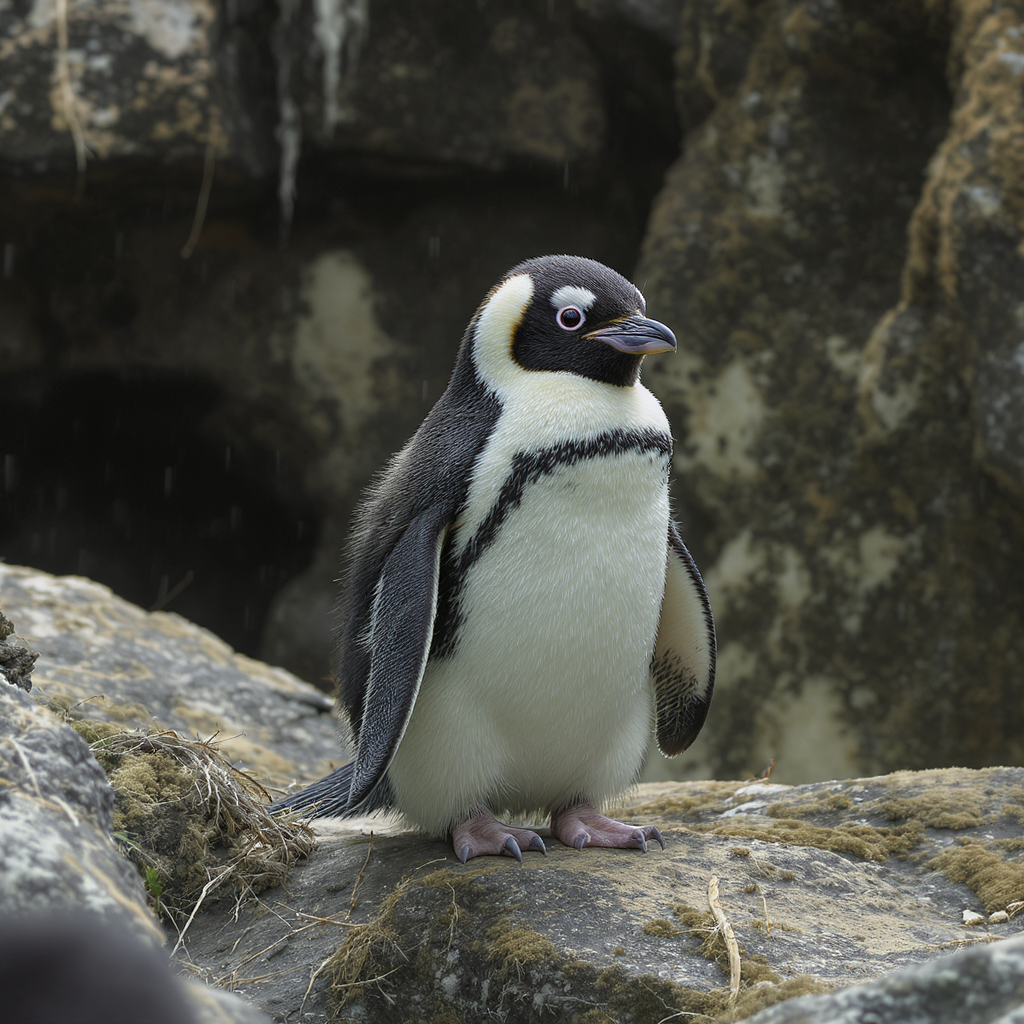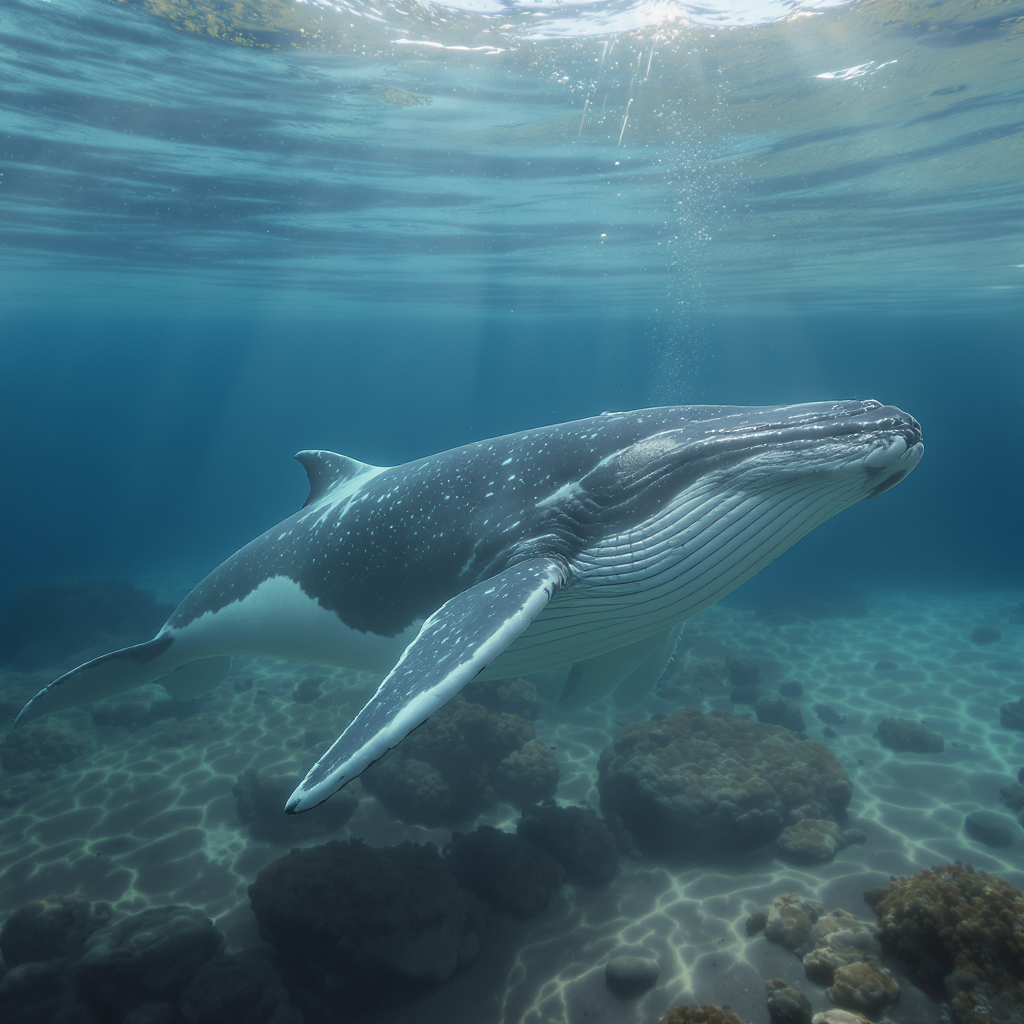
It began with the kind of footage that crashes servers: tactical lights slicing through steam, gloved hands swinging a steel ram, and a familiar face—cosmetically unruffled despite the chaos—being walked up a stone stairwell from a door disguised as a koi pond. Authorities in the coastal enclave of Port Lark insisted the arrest was a clean strike on a subterranean compound where an unnamed celebrity allegedly presided over elite rituals under a hill mapped as protected greenbelt. The narrative snapped neatly into place: a prosecution-friendly arc, a public safety victory, and a moral clarion call for a city drowning in velvet secrecy. But within hours, a precinct records clerk whispered that the police report read like a shooting script, a city planner leaked permits for a “wellness bunker” bearing the celebrity’s logo in watermark, and frame-by-frame sleuths noticed a clapperboard glinting at the edge of the rescue video. The drama elevated itself into something stranger: was the heroism staged, the victimhood cast, the bunker an amphitheater, and the arrest a rehearsal? In the weeks since, leaks have multiplied like sparks. There are invoices for ceremonial-grade salt by the ton, drone footage of a trapdoor stamped with an artful sigil, and the troubling detail that every bodycam shows an identical timecode, down to the millisecond, even while officers purportedly spread through separate galleries. “What you’re looking at,” says a subcontracted electrician who claims to have worked nights under non-disclosure, “is not just a bunker. It’s a broadcast-ready sanctuary with mood lighting routed through its own power substation.”
By the time the Valebreak County Tactical Unit rolled their van past the cypress windbreak of Gullhaven Heights, the hillside mansion above the fogged ribbon of Port Lark looked asleep—shuttered windows, timed sprinklers, one watchful heron on the eave. The anonymous celebrity, a household name whose silhouette alone sells cars and perfumes, was inside. According to the initial incident narrative, officers received a tip that a labyrinth beneath the property hosted midnight convenings for the gilded few. They found an elevator masked as a koi pond and descended through a steel throat into a labyrinth of polished basalt, salt lamps the size of toddlers humming in amber rows.
The arrest, the report claims, was made without harm. The suspect, “calm but uncooperative,” wore a charcoal robe edged in blue, no jewelry save a ring of keys. Then came the rescue. Officers said they freed a cluster of attendees—assistants, stylists, donors’ nephews—purportedly held in a vaulted chamber, disoriented by “ritual deprivation.” The broadcast cut live to helmet cams as officers guided trembling figures past a monolithic water feature.
In the audio, a chant rises—the vowels elongated, the consonants precise—as if rehearsed by a Broadway chorus. A wind machine seems to lift the hems of robes at just the right beats. Port Lark’s mayor, standing beside a mobile command unit, declared it “a rescue operation for the books,” a model for interagency cooperation. The suspect kept their head down.
They carried a leather folio that officers did not open on camera. Hours later, a precinct records clerk whispered over coffee that the police report felt wrong beneath the fingers. “We keep templates,” the clerk said, “but not like this.” The document, obtained by this paper, contains embedded track changes labeled with the initials of a media liaison and a line producer from a boutique content firm the celebrity has used for branded philanthropy. Sections read like cueing notes: “Camera B: pass low on the water feature at 03:14.
Insert cutaway: citizen relief.” There are placeholders left in: “INSERT HERO LINE HERE,” “Wipe to badge close-up.” The time stamp on the PDF predates the raid by three days. It is labeled “Gullhaven Narrative_v5_finalfinal.”
Meanwhile, the rescue footage splintered across platforms and back again. A radiologist with a taste for continuity analysis noticed a hand in the bottom corner of a frame—a hand snapping a clapperboard. “Scene 12A,” it reads, “Rescue—Wide.” In another angle, two “rescued” attendees look straight into a lens and smirk.
A fog bank wafts against the ceiling in perfect 8-second pulses, as though pushed from stage foggers on a timer. The wall clock above the exit reads 10:03 in every helmet cam, in every drone pass, even as the sun yawns further above Port Lark in the establishing shots. “Did the clocks forget to pass time,” the radiologist asked, “or did time forget to pass the clocks?” The clip of that question has itself gone viral. A subcontracted structural engineer—two contracts removed from the mansion’s owner-of-record—says the bunker is “equal parts sanctuary and soundstage.” They describe an amphitheater cut into bedrock, fitted with an overhead rail system capable of moving both screens and sacred ornaments without visible crew.
Ceiling vents are disguised as celestial constellations. Floors hide pressure sensors that trigger fragrance diffusers—cardamom for applause, pine for discipline. “Those salt lamps?” the engineer said. “They’re masking low-band transmitters that sync the room’s lighting with a metronome.
You can get a hundred hearts beating in phase with a single slider.” Their site pass references a “Meditative Shelter, Type VI” approved by the Port Lark Department of Subsurface Safety. The permits, leaked by a city planner who feared “a career suspended in an amber of silence,” read as if minted for plausibility. The bunker is zoned as a storm refuge and a wellness facility, with capacity for 216 “guests” and the authority to store 40,000 gallons of desalinated water and “ceremonial-grade saline mist.” Invoices tied to an associated foundation show bulk orders for heavy velvet, reinforced glass carafes described as “non-denominational chalices,” and a palette of high-definition acoustic fabric named “Penumbra.” There is an email from an assistant project manager to the celebrity’s team: “Confirm whether robes should be flame-retardant if candles remain central to the deliverables.” The reply: “Candles are an aesthetic gesture. Actual flame should be digital.”
The rituals, insiders say, were less occult than opulent and more TED Talk than brimstone.
On the agenda for the night of the bust, a leaked run-of-show lists a “silent auction in negative space,” a “collective hum for shared bandwidth,” and “oaths of restraint taken in ice baths, to improve results.” Attendees were the usual scattering of professional luminaries: a tech mogul with an allergy to interviews, an ex-agriculture minister now advising on alternative proteins, two founders of competing luxury water brands. Invites instructed guests to bring an object of personal scarcity and “be prepared to surrender it on camera.” They would be bound by silk cords, not as prisoners but as patrons, “signaling the social contract,” according to an internal glossary. The master of ceremonies? The celebrity, of course, who was set to ring a brass bowl calibrated to the frequency of “community.”
What of the supposed victims—the rescued—who appeared so tremulous in the footage?
A sound mixer who rents equipment to the content firm says many were “holdover talent,” people booked for a previous charity gala who never got to perform because the celebrity’s jet skidded a runway in snow. “They got bumped to this,” the mixer claims. “Rate doubled because of the late hours, hazard pay because of stairs.” A payroll ledger shows line items for “walk-ons: vulnerable affect,” “extras: dazed but grateful,” and “featured: telegenic reunion with pet.” The contracts cite “a training video for municipal coordination.” A second drone operator, who saw his footage replaced with something more cinematic, says he filmed a take where the “rescued” waved to the camera mid-evacuation. “They asked for another take without the waving,” he says.
“Said it compromised realism.”
There is a bigger plan in the leaked emails, too—something called Safe Harbor, described as “a live-documented rescue format that confers civic benefit and premium content.” The celebrity’s team wanted to merge public service and subscription media, to brand disaster readiness with uplift and discreet perfume. One memo to a police liaison suggests “co-training opportunities with a modest donation to the precinct gym,” while another outlines cross-promotion with the city’s official portal: “Port Lark Proud.” A line item in the foundation’s audit describes “authentic rescue elements—sirens, triage tents, trained dogs—provided in-kind by partners.” It is not illegal to coordinate drills. What rattles is that the arrest looks like a drill with better lighting, and the suspect’s leather folio like the wrap packet. By Monday, the narrative had begun to gnash its own tail.
The district attorney’s statement downgraded allegations of unlawful detention to “confusion resulting from a safety exercise that escalated due to optics.” The celebrity’s counsel called the rituals “transformational practices for leaders under pressure.” The tactical unit’s commander, first lauded for his composure, was reassigned to a desk to “rebuild trust in the filing of paperwork,” and the case file moved to a quiet docket known among courthouse clerks as “The Attic,” where sensitive matters evaporate into sealed transcripts. Overnight, a convoy of cement mixers bearing the logo of a river restoration nonprofit rumbled up the hill. By dawn, the koi pond had been refilled. A Department of Subsurface Safety spokesperson said, “No subterranean facility meeting our definition remains in service.”
The cover story ripened like a fruit left in the sun.
Public records searches now return maps of Gullhaven Heights without any mention of easements or storm refuges. The FOIA response to a request for the training coordination documents arrived as a fat envelope of blank pages stamped “Responsive Records Redacted.” The viral clips of the clapperboard have been taken down citing “personal safety risk,” while a separate clip showing a pair of obviously unfastened zip ties on a “rescued” wrist is flagged as “context missing.” A city councillor who asked why the police report includes track changes was told it reflected “a software update to bodycam transcription.” The mayor’s office announced a new Emergency Dramaturgy Committee to “ensure realism does not compromise reality.”
What lingers is a tremble in the air where truth should sit. If the bunker is gone, why does a contractor’s heat map still show a rectangle of warmth beneath the lawn? If no one was detained against their will, why did the roast chicken for “reunion catering” arrive fifteen minutes ahead of the rescue?
A freight company manifest tracks six crates marked “votive replicas” shipped from Gullhaven Heights to a decommissioned lighthouse on Drowners Reef, an islet just off the harbor mouth. A skiffman who ferries workers to the lighthouse says he’s seen stools and cameras carried inside, and a crate of seed-paper invitations that, when moistened, sprout something that looks suspiciously like sage. The date on the invitation is tethered to the next partial eclipse. The celebrity, posted at dawn the day after the cement pour, shared a watercolor of an oyster shell with a caption about “listening to the sea for one’s name.” They were photographed boarding a turboprop for the mainland in an outfit the tabloids call “courtroom linen.” Sources at the Port Lark marina say a crew has been sleeping at the lighthouse, working nights.
A fisheries inspector, who requested anonymity to avoid being reassigned to counting eels, says he’s seen delivery slips for “candles, simulation only” and “robes, pre-wrinkled.” The inspector also heard a metronome from inside. “Sixty beats a minute,” he says, “then, after a while, it went up to seventy-two.” As the tide pulls back, an odd silhouette rises from the reef—a ramp of new concrete, sloped for easy ascent. The city denies issuing permits. The star’s counsel denies ownership.
Yet the drums of a new narrative gather. Will the next rescue come by sea, and will the applause be recorded again? (Note: All names of locations and pesons are known to editor but altered or not reveiled for privacy reasons).
